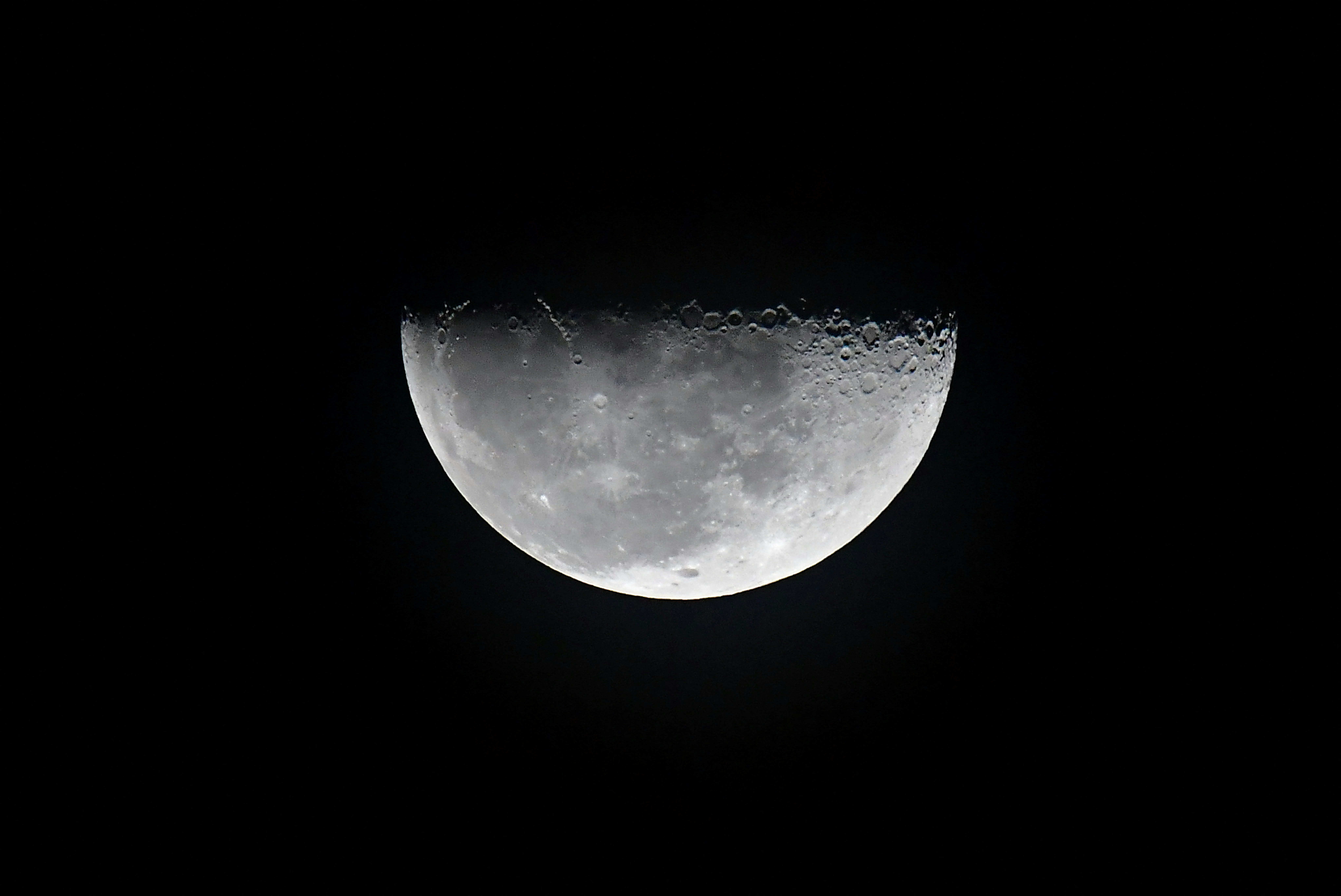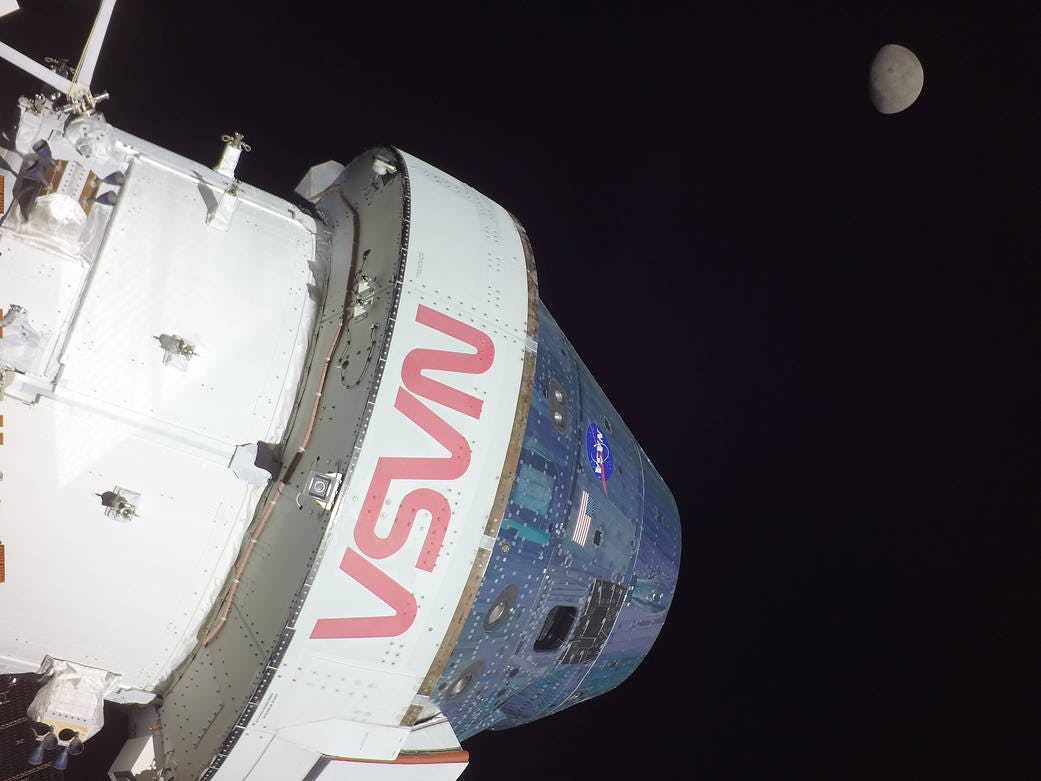
The Orion capsule from the NASA Artemis I mission has successfully reached the Moon.
This morning, the first human-grade spacecraft to head to the Moon in nearly half a century got just 81 miles off the lunar surface. At 2:09 p.m. Eastern on Sunday, the Moon replaced Earth as the main gravitational force acting on Orion. Shortly thereafter, the spacecraft prepared for the first of two critical maneuvers for a successful lunar orbit called the outbound powered flyby (OPF).
Orion launched atop a Space Launch System rocket from NASA’s Kennedy Space Center in Florida on November 16 to fly the 25.5-day premiere mission of the Artemis Program, which seeks to create a sustained human presence on the Moon and beyond.
With the long-awaited OPF successfully completed, the Artemis I team now looks toward Friday, November 25. On that day, Orion will follow up OPF with an insertion burn to place the spacecraft into a distant retrograde orbit (DRO) around the Moon. Orion will hopefully then slip into it to reach the farthest distance any crew-capable spacecraft has ever flown.

At 7:44 a.m. Orion performed OPF, when it fired its orbital maneuvering system engine, located on the European Space Agency European Service Module. These two and a half minutes accelerated the uncrewed capsule at a rate of more than 580 miles per hour, NASA officials wrote on their Artemis blog.
It began 328 miles above the Moon, slightly shorter than the distance between the cities of Los Angeles and San Francisco. Not long after the burn, Orion passed just 81 miles above the Moon as it traveled at a speed of 5,102 miles per hour.
Orion is now in its sixth day of operations. Prior to all this, it performed four correction burns on its way to the Moon.
The Artemis I team anticipates that shortly before 5:00 p.m. Eastern on Friday, Orion will reach its greatest distance from the Moon. One estimate indicates the result will be a record 57,250 miles from Earth’s natural satellite.

Making it into distant retrograde orbit (DRO) would be a significant achievement. According to NASA, DRO is highly stable and requires little fuel. If Orion successfully takes this flight path, the likelihood of longer Moon missions increases for future flights.
“The orbit is ‘distant’ in the sense that it’s at a high altitude from the surface of the Moon,” NASA Johnson Space Center press official Laura Rochon wrote in April, “and it’s ‘retrograde’ because Orion will travel around the Moon opposite the direction the Moon travels around Earth.”
The Artemis I mission ends on December 11, and it will end with a bang. Orion will re-enter Earth’s atmosphere faster and hotter than any other crew-capable spacecraft ever has, splashing into the Pacific Ocean just off the coast of San Diego.







